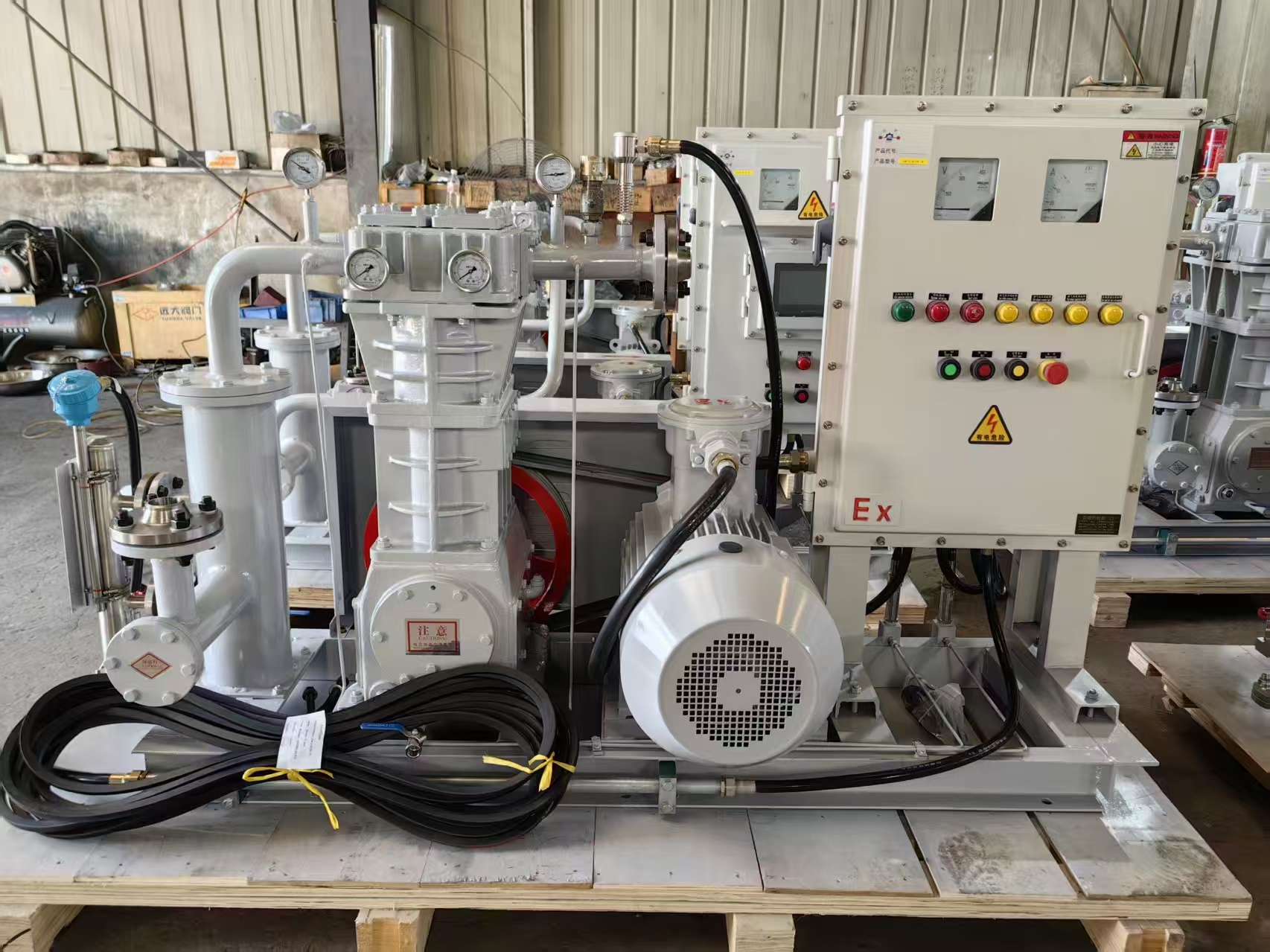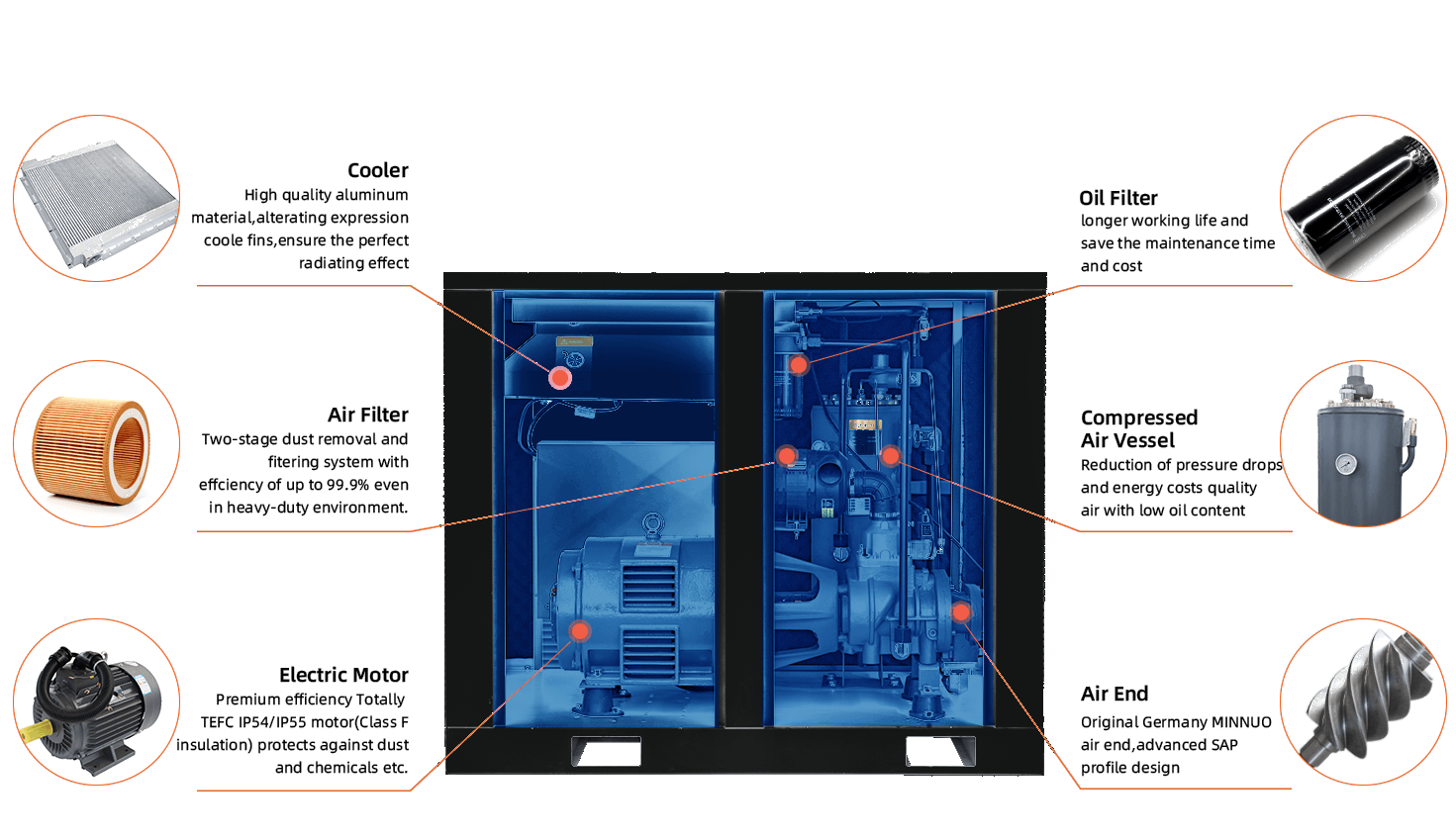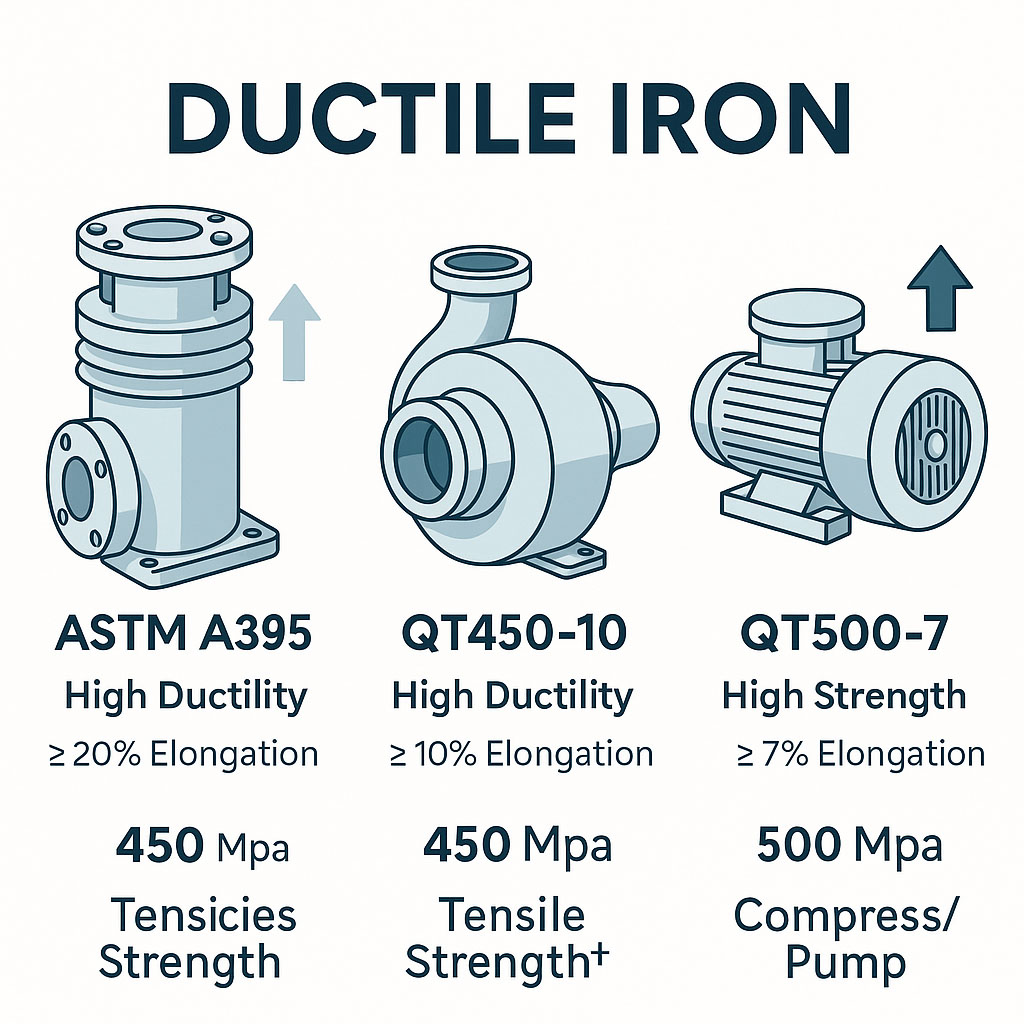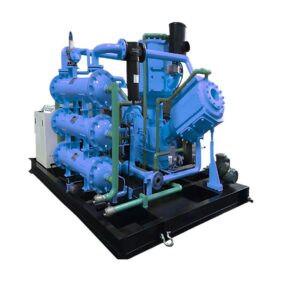全球石油和天然气行业面临着双重挑战:既要满足不断增长的能源需求,又要减少碳排放。随着氢气成为重要的去碳化载体(预计到 2020 年,氢气的需求量将达到 1.5 亿吨),全球石油和天然气行业面临着双重挑战。 到 2025 年压缩机需求量将达到 12%),有远见的运营商正在采用 氢气压缩机 在不进行改造的情况下,将₂与天然气混合。这种转变需要三项关键的技术进步--每项技术都重新定义了可靠性和可持续性。
1.氢气混合物的兼容性:材料的重要性
传统压缩机的风险 氢脆 浓度 >15% H₂。KEEPWIN 的 GZ 系列可以解决这个问题:
-
陶瓷涂层隔膜 可抵抗 29MPa 的氢气压力
-
改良型 316L 不锈钢阀门 减少泄漏到 <0.001%
-
人工智能优化密封剂 根据气体成分变化进行动态调整
现实世界的影响:在伊朗阿瓦士氢气枢纽,我们的 GZ-500 压缩机持续运转 连续运行 4 小时 与 20% H₂ 混合物在 46°C 环境热量下的性能零下降。
2.低排放压缩技术:甲烷减排之外
由于甲烷的全球升温潜能值是 CO₂ 的 84 倍,因此排放控制至关重要。领先的解决方案集成了
-
主动排气检测:激光传感器可精确定位 100 米内的泄漏点(精确度:95%)
-
磁轴承系统:消除润滑油污染,减少挥发性有机化合物排放 40%
-
太阳能-混合动力驱动器:减少中东等日照充足地区对电网的依赖 30%
KEEPWIN 的 DY-V 系列在新疆油田的应用,将无组织排放减少了 52% 同时保持 18 兆瓦的输出功率用于气体回注。
3.压缩机的预测性维护:作为新扳手的人工智能
计划外停机给油田造成损失 $49,000 美元/小时.现代压缩机的杠杆作用:
-
数字孪生模拟:提前 200 多个小时预测轴承故障
-
振动特征库:在级联故障发生前识别叶轮不平衡的 92%
-
边缘计算模块:现场处理传感器数据,绕过云延迟
在渤海湾的一个海上平台上,KEEPWIN 的 SCADA 系统在故障发生前 73 小时预测到活塞环断裂,从而节省了时间。 $380 万 生产损失。
应用聚焦:创新与实际操作的结合
| 使用案例 | 适合的技术 | KEEPWIN 参考资料 |
|---|---|---|
| 混合氢气 | 耐 H₂ 隔膜 + 密封胶 | GZ-500/16~29 (伊朗 H₂ 轮毂) |
| 成熟油田开采 | 低 OPEX 往复式机组 | DY-5.9/500 (新疆气举) |
| 液化天然气加油 | 紧凑型撬装式压缩机 | LCS-300 机动舰队(东南亚) |
| CCUS | 100% CO₂ 防腐涂层 | ECOS 系列(北海斯莱普纳油田) |
未来之路:效率是新货币
2026-2030 年有三个主要趋势:
-
混合能量收集:压缩机利用余热为物联网传感器供电,KEEPWIN 的 THERMO-SYNC 技术就是一例(专利申请中)。
-
氢占主导地位:30MPa+ 压缩机使纯氢₂管道成为可能--样机在以下地点进行了测试 0.5 kWh/kg H₂ 效率.
-
循环制造:到 2027 年,回收的稀土磁铁可减少转子生产排放 60%。
"氢气压缩不是可有可无的,而是重工业脱碳的氧气。我们的客户需要面向未来的灵活性。
-KEEPWIN全球解决方案团队











